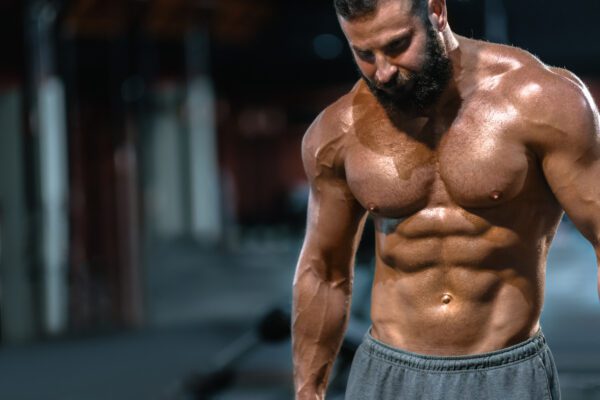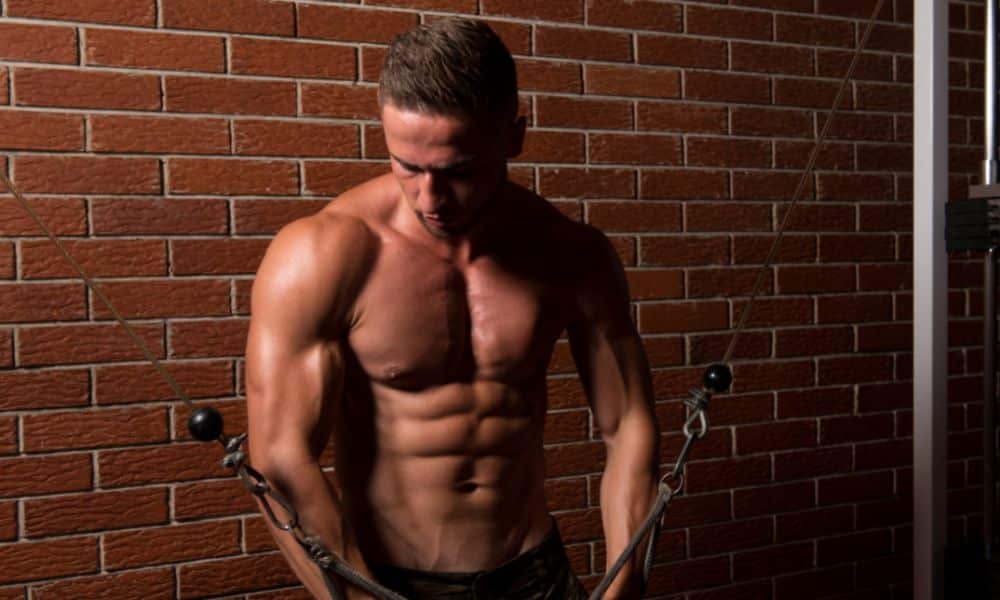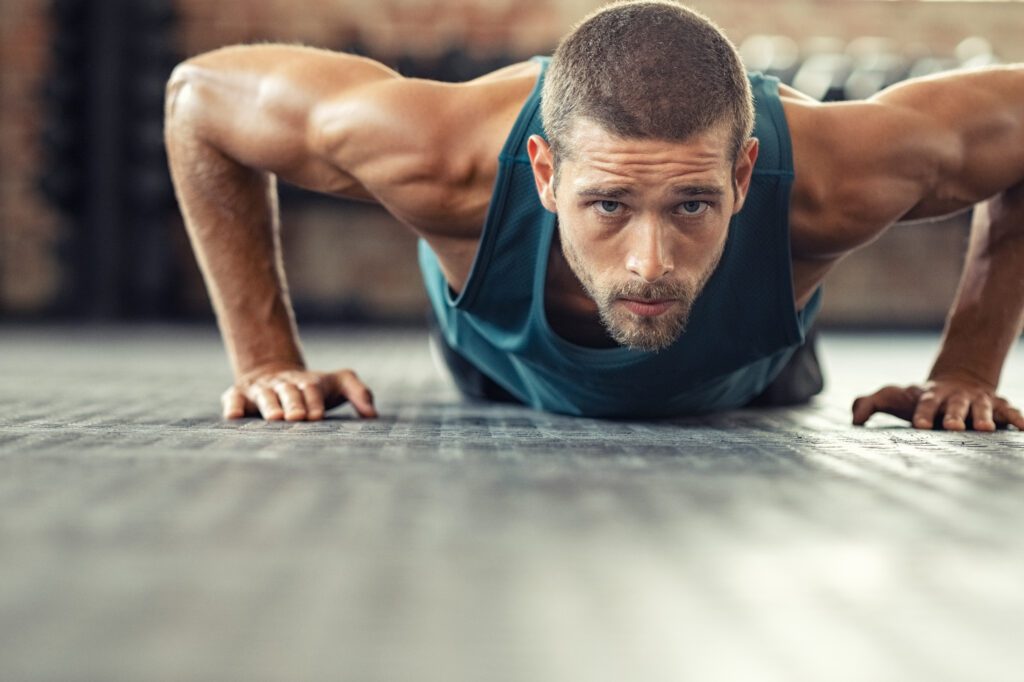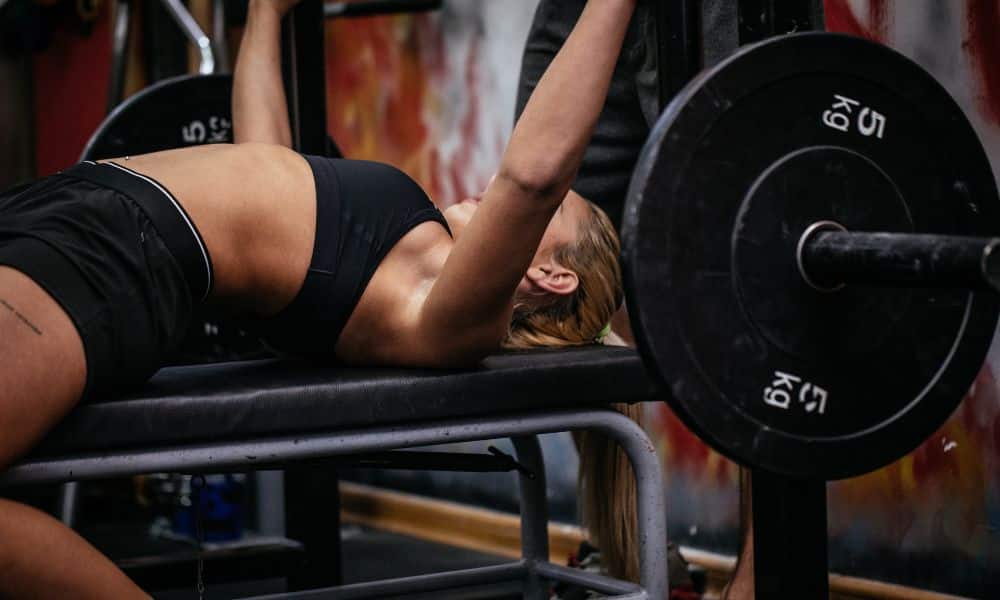Chest exercises must be performed within a workout program to get the best results. Do you want to get a strong and bigger chest?
Many dream of getting a bigger chest and aesthetic body, but they don’t know how. This article will explain the best chest workouts to perform with popular workout programs in light of chest workouts and anatomy.

Popular workout programs for chest exercises
Nowadays, building muscles has become so much easier due to numerous effective workout techniques. You have so many options; thus, anyone can choose a workout program that best suits their needs.
In this section, we will explain some of the popular workout programs to build chest muscles. These includes:
1. German Volume Training:
It is one of the most recommended training regimes to gain muscles. German volume training’s main features are a lot of volumes, little rest, and a limited timeframe. It involves an intense four-week, three-workout week training program to bulk up your chest, arms, shoulders, and legs. Many readers also read German volume training for adding size and strength.
In bodybuilding, volume defines the total weight lifted in a session. And if there is anything on which all workout programs agree, that is volume. If you want to increase volume, increase the number of reps you do.
How it Works: It consists of three weekly workouts and is four weeks long. Its first workout focuses on building chest muscles and arms. Therefore we will only discuss the first workouts here, and you must follow this workout for four consecutive weeks to get results.
Chest and Back Workout: Before starting your workout, warm up your body by doing a series of stretches. Exercises it includes are:
- Incline bench press (10 sets, 10 reps, and 60-sec rest)
- Bent over row (10 sets, 10 reps, and 60-sec rest)
- Incline dumbbell press (3 sets, 6-8 reps, and 60-sec rest)
- Single-arm row (3 sets, 6-8 reps, and 60-sec rest)
Besides, it consists of five days, in which the third and fifth days are the rest day. Thus you can repeat each exercise six times a month. Moreover, day one is the chest and back day in German volume training.
2. 5×5 Training:
Another popular and original workout program is the 5×5 strength training. It involves enough recovery time as you have only to hit your muscles group 2-3 times per week. This program is not for beginners, which means higher intensity and volume.
It involves three workouts only and, therefore, never trains for two consecutive days. In this way, your body has much time to recover.
How it Works: In the first week of training, allow your body to get familiar; therefore, it is better to choose proper weights. Once you feel comfortable, increase weights for maximum strength gains. And after 4-6 weeks, you are ready for the peak phase.
Workout includes:
Day 1:
- Barbell squat (5 sets and 5 reps)
- Barbell bench press (5 sets and 5 reps)
- Bent over barbell row (5 sets and 5 reps)
Day 2:
- Barbell squat (5 sets and 5 reps)
- Barbell deadlifts (5 sets and 5 reps)
- Standing military press (5 sets and 5 reps)
Day 3:
- Barbell squat (5 sets and 5 reps)
- Bent-over Barbell Row (5 sets and 5 reps)
- Barbell bench press (5 sets and 5 reps)
3. Pre-Exhaustion, Post-Exhaustion Training
Pre-exhaustion and post-exhaustion involve the use of compound exercises along with isolation training. The only difference is that you must perform isolation exercises before compound exercise in pre-exhaustion training. On the other hand, in post exhaustion, you perform isolation exercise after compound exercise.
So, in pre and post-exhaustion training, we include a giant set of three exercises and combine both training methods.
How it Works: Let’s look at its giant sets of workouts to get a bigger chest.
Set 1:
- Straight arm press (3 sets, 8-10 reps, and 60-90 sec rest)
- Incline dumbbell biceps press (3 sets, 10 reps, and 60-90 sec rest)
- Chin up (3 sets, 12 reps, and 60-90 sec rest)
Set 2:
- Flat bench pec flyes (3 sets, 8-10 reps, and 60-90 sec rest)
- Barbell bench press (3 sets, 10 reps, and 60-90 sec rest)
- Decline triceps extension (3 sets, 12 reps, and 60-90 sec rest)
Set 3:
- Knee extension (3 sets, 8-10 reps, and 60-90 sec rest)
- Barbell back squats (3 sets, 10 reps, and 60-90 sec rest)
- Hamstrings curl on swing ball (3 sets, 8-10 reps, and 60-90 sec rest)
4. HIIT:
Lastly, we have a HIIT workout program to get a bigger chest. It includes traditional training methods and fast-paced boxing moves to get your desired body.
HIIT Workout: Some of the critical HIIT workouts for the chest in week one of training are:
- Bench press (10 sets, 10 reps, and 60-sec rest)
- Dumbbell incline press (3 sets, 10 reps, and 60-sec rest)
- Cable crossover (3 sets, 10 reps, and 60-sec rest)
- Crunch (3 sets, 10 reps, and 60-sec rest)
- Barbell bent-over row (10 sets, 10 reps, and 60-sec rest)
- Dead/curl/press (10 sets, 10 reps, and 60-sec rest)
Anatomy of the chest
The anatomy of the chest shows it comprises two main parts, the upper and lower parts. Therefore, the muscles in these regions are known as the pectoralis major and pectoralis minor, respectively. These are the major muscles that, along with other muscles, help in the upper part of the body’s movement.
Rest and recover from the chest
The chest rest and recovery period is required to let muscles rest and grow. Because muscles don’t grow during training, instead they grow during the rest period. Therefore, always rest during exercise, immediately after exercise, and 48-72 hours after it.
Exercises for the chest
Before planning your workout routine, ensure you have general exercise knowledge. Moreover, choose two different exercises for the chest, one that targets the upper part of the chest and the other that targets the lower portion. In this way, you will gain your result much faster.
Primary and secondary muscle groups
The chest’s primary muscles include pectoralis major and pectoralis minor and are present in the chest’s upper and lower parts. Along with the chest’s secondary muscles, including deltoids and triceps, they help the upper body move smoothly.
Last words on chest exercises used in popular workout programs
There are numerous effective chest workout programs. We have explained some of the best chest workouts in the article; you can choose one according to your preference.




